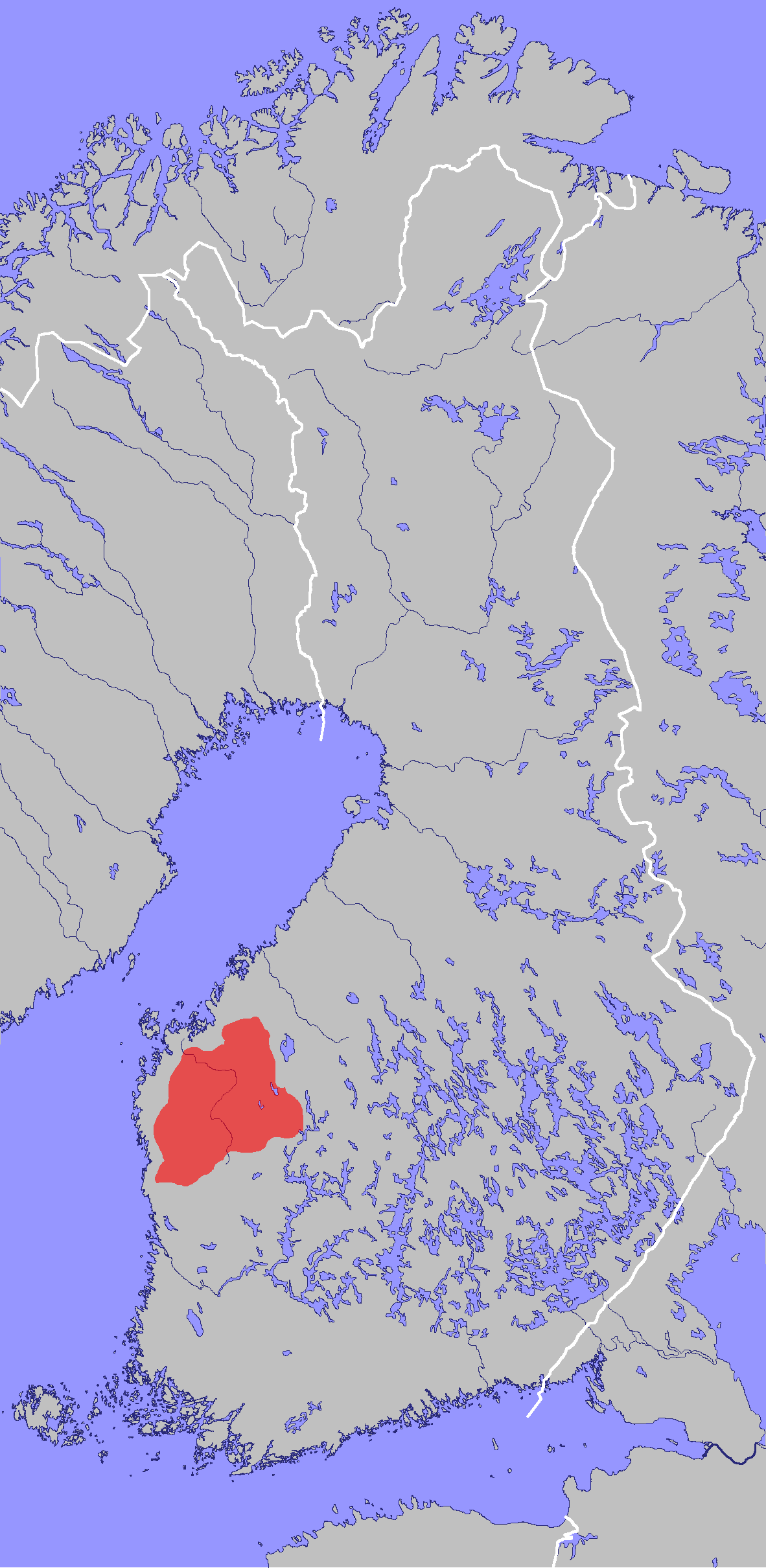South Ostrobothnian Dialect on:
[Wikipedia]
[Google]
[Amazon]
 South Ostrobothnian dialect ( fi, Etelä-Pohjanmaan murre) is a Western Finnish dialect. It is traditionally spoken in the region of South Ostrobothnia and parts of
South Ostrobothnian dialect ( fi, Etelä-Pohjanmaan murre) is a Western Finnish dialect. It is traditionally spoken in the region of South Ostrobothnia and parts of
 South Ostrobothnian dialect ( fi, Etelä-Pohjanmaan murre) is a Western Finnish dialect. It is traditionally spoken in the region of South Ostrobothnia and parts of
South Ostrobothnian dialect ( fi, Etelä-Pohjanmaan murre) is a Western Finnish dialect. It is traditionally spoken in the region of South Ostrobothnia and parts of Coastal Ostrobothnia
Ostrobothnia ( sv, Österbotten; fi, Pohjanmaa) is a region in western Finland. It borders the regions of Central Ostrobothnia, South Ostrobothnia, and Satakunta. It is one of four regions considered modern-day Ostrobothnia, hence also referr ...
. The South Ostrobothnian dialect has many features that are unique to the region of South Ostrobothnia.
South Ostrobothnian is surrounded by 4 different forms of speech, Savonian, Tavastian, Southwestern Finnish (Northern Satakunta
Satakunta (in both Finnish and Swedish, ) is a region ( / ) of Finland, part of the former Western Finland Province. It borders the regions of Southwest Finland, Pirkanmaa, South Ostrobothnia and Ostrobothnia. The capital city of the region i ...
) and Swedish
Swedish or ' may refer to:
Anything from or related to Sweden, a country in Northern Europe. Or, specifically:
* Swedish language, a North Germanic language spoken primarily in Sweden and Finland
** Swedish alphabet, the official alphabet used by ...
. Savonian has mainly influenced eastern South Ostrobothnian, Tavastian has influenced southeastern South Ostrobothnian and western South Ostrobothnian was influenced more by Swedish.
Features
;Written Finnish /d/ has changed into /r/ : lehren "leaf's" (Written: lehden) ;Written Finnish ts is tt : mettä "forest" (Written: metsä) ;Diphthongs : uo, yö and ie are ua, yä and iä in South Ostrobothnian - nuari "young" (Written: nuori) ;Middle vowel : tylysä "boring" (Written: tylsä) ;Inessive ending : maas "in the ground" (Written: maassa) ;Vowel ''i-'' : ''i-'' in written Finnish is replaced by a long vowel - keltaanen "yellow" (Written: keltainen) ;Consonant gradiation : jalka - jalaat "foot" - "feet" (Written: jalka - jalat) ;Verb conjugation : ''tuomma'' "we bring" - ''toima'' "we brought" (Written: tuomme - toimme), ''tuletta'' "you come" - ''tulija'' "you came" (Written: tulette - tulitte)Vocabulary
* flikka (likka in some regions) 'girl' * hieta 'sand' * klasit 'windows' * friioos 'on a date' * fiini 'nice' * hantuuki 'towel' * kränä 'fight' * kranni 'neighbour' * praatata 'speak' * pruukata 'to have a habit of' * pirättää 'stop' * perna 'potato' * notta 'so that' * följys 'with' * moon 'I am' * soot 'you are' * son 'he/she/it is' * moomma 'we are' * tootta 'you are' * non 'they are'Example
Example from Kurikka, 11.6.1965 Kuinkas sitä maata sillov vilijeltiin kun te semmoonen pieni poika vielä olit- olitta? No, ei silloin ollu, sitten, apulannoosta juuri mitää, haaraa vielä. Joki, taloollinen osti luujauhoja. Mutta torpparit ei niitä juuri pystyny ostama. Mutta luujauho soli ensimmäinen apulanta mitä minä muistaj jot on käytetty. Approximate English translation: How did people farm the land when you were still such a small boy? Well, there wasn't much of fertiliser to speak of at the time. Houseowners could buy bone powder. But farm workers could hardly ever buy any. But bone powder was the first kind of fertiliser I remember was used.See also
* Ostrobothnians *Central and Northern Ostrobothnian dialects
Central and Northern Ostrobothnian dialects ( fi, Keski-ja Pohjois-Pohjanmaan murteet) are Western Finnish dialects spoken in Northern and Central Ostrobothnia, as well as in the Ranua municipality in Lapland. The dialects have been influenced b ...
References
Finnish dialects